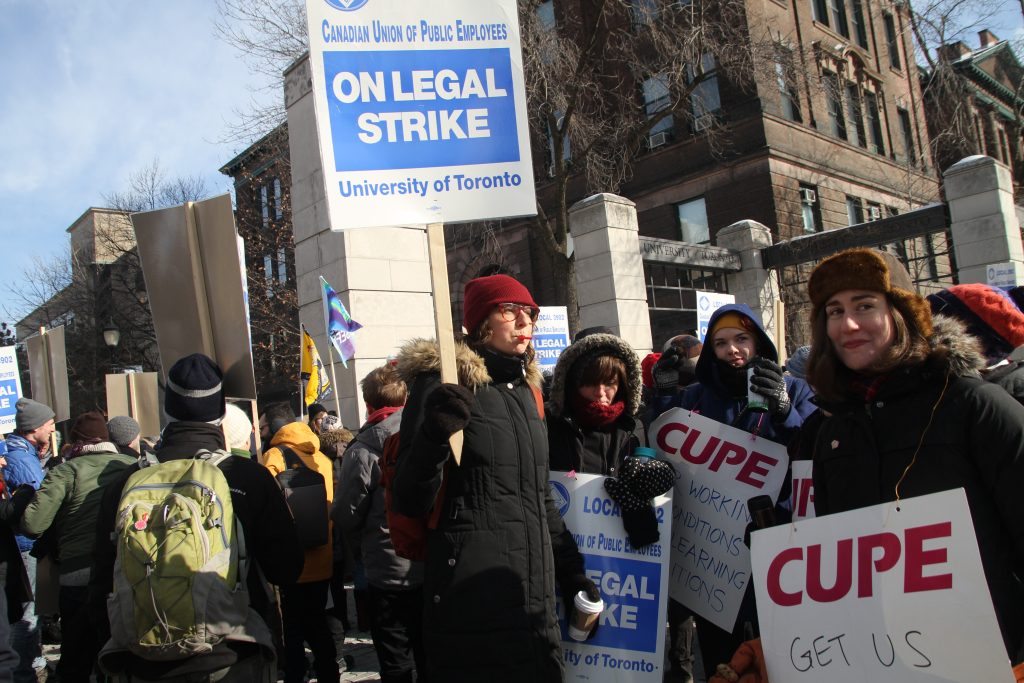3.4 Labour Law and Employment Standards Act
The Commission approaches its assessment of compliance with the overarching purpose of the Act in mind: to achieve a fair level of representation of members of the four designated groups and, where this does not exist, to take reasonable steps to remove barriers preventing fair representation.
- Collect information about the level of representation among its employees of the four designated groups.
- Compare the level of representation among its employees of the four designated groups with labour market availability (the Workforce Analysis).
- Review employment systems (the Employment Systems Review).
- Create an Employment Equity Plan (EEP).
- Implement and measure the results of its EEP.
- Periodically review and revise its EEP.
- Share information with employees about employment equity.
- Consult and collaborate with employees and bargaining agents (where applicable).
- Maintain records about EE.
Canada’s Labour Code (the Code)
The Canada Labour Code (the Code) is an Act of the Parliament of Canada that defines the rights and responsibilities of workers and employers in federally regulated workplaces and sets out federal labour law.
Industrial relations, a part of the Code, governs workplace relations and collective bargaining between unions and employers. This body of law explicitly regulates the rights, restrictions, and obligations of trade unions, employees and employers in Canada. It contains provisions related to dispute resolution, strikes and lockouts (Government of Canada, 2024).
Ontario Labour Relations Acts established Provincial Labour Relations Boards to resolve disputes between employers and employees, including issues related to union representation, collective bargaining, unfair labour practices, and grievances.
The goal of the negotiations is to reach a collective agreement. This written agreement sets out the employment terms and conditions for unionized employees and the rights, privileges and duties of the union, employer, and employees. For example, wages, hours, working conditions and benefits.
Unionized Environments

In unionized workplaces, HR must work within the framework of the collective agreement when hiring. This can include specific procedures for job postings, seniority rules, and selection criteria. The selection process may be influenced by union rules, such as considering seniority and qualifications and preferring internal candidates over external ones.
Employment Standards Act
The Ontario Employment Standards Act, 2000 (ESA) is administered by the Ontario Ministry of Labour, Immigration, Training and Skills Development’s Employment Standards Program. It applies to most employees and employers in Ontario, in both the public and private sectors. The ESA sets out the minimum employment standards that employers must follow, including rules regarding:
- Minimum Wage: Most employees are entitled to at least the minimum wage.
- Hours of Work and Overtime: Daily and weekly limits on work hours exist. There are also rules around meal breaks, rest periods and overtime.
- Public Holidays: Ontario has several public holidays each year. Most employees are entitled to take these days off and be paid public holiday pay.
- Vacation: There are rules regarding the amount of vacation time and pay employees can take. Most employees can take vacation time every 12 months of work.
- Leaves of Absence: In Ontario, there are several job-protected leaves of absence. Examples include sick, pregnancy, parental, and family caregiver leave.
- Termination notice and pay: In most cases, employers must give employees advance written notice of termination or termination pay instead of notice when terminating employment.
- Payment of Wages: Requirements for the timely and accurate payment of wages.
- Equal Pay for Equal Work: Ensuring employees are paid equally for substantially performing the same work (Government of Ontario, n.d.).
Employers must provide all employees covered under the ESA with a copy of the most recent version of the employment standards poster within 30 days of their hiring. Learn more about the Employment Standards Poster.

